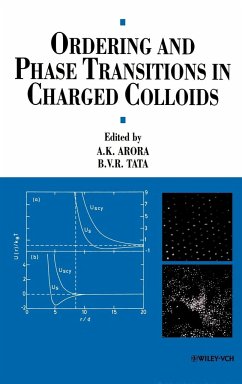
Simulation of chiral ordering process by Monte Carlo methods
A first-principles statistical mechanics study
Versandkostenfrei!
Versandfertig in 6-10 Tagen
45,99 €
inkl. MwSt.

PAYBACK Punkte
23 °P sammeln!
Chiral heterogeneous catalysts are mostly fabricated from chiral molecules on a metal support. They play a crucial role in intermediate reactions in the fabrication of pharmacies, itself and important part of today's health economy. However, the key parameters in the fabrication of these catalysts, a requirements for their rational design, are still poorly understood despite years of experimental research. In essence, such an understanding can only come from high-level simulations. Here, we present the first predictions about the structure of such a catalyst, tartaric acid on a copper support,...
Chiral heterogeneous catalysts are mostly fabricated from chiral molecules on a metal support. They play a crucial role in intermediate reactions in the fabrication of pharmacies, itself and important part of today's health economy. However, the key parameters in the fabrication of these catalysts, a requirements for their rational design, are still poorly understood despite years of experimental research. In essence, such an understanding can only come from high-level simulations. Here, we present the first predictions about the structure of such a catalyst, tartaric acid on a copper support, over the whole phase space of temperature and coverage. Interestingly, we find that molecular vibrations play a key role in the ensuing ordered structures, and that tuning the fabrication temperature should allow for a wide range of molecular separations, which can be targeted at specific molecules and reactions in chiral heterogeneous catalysis.












